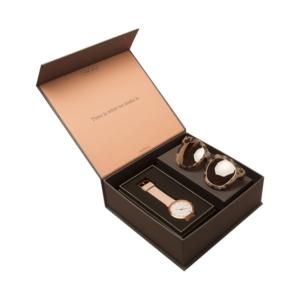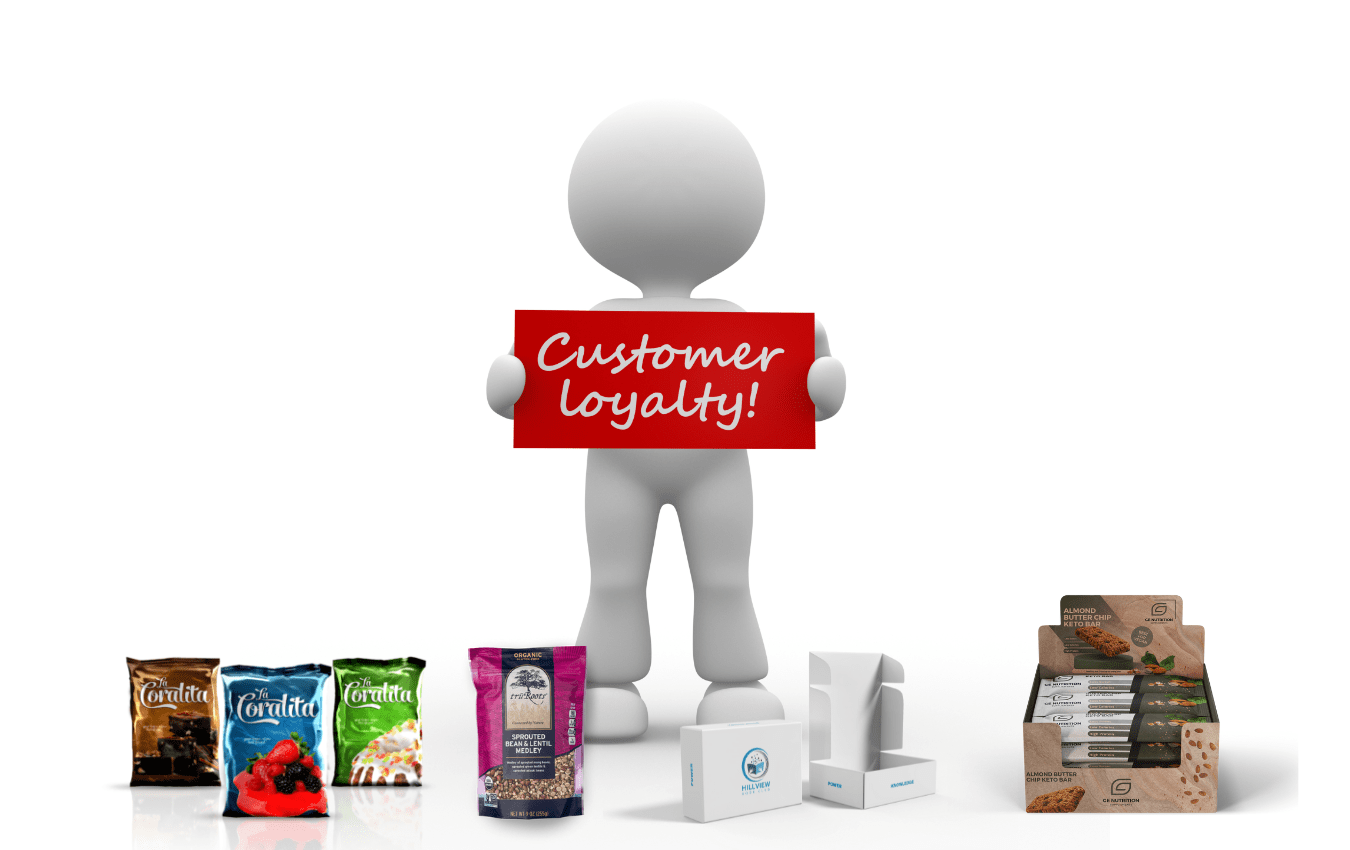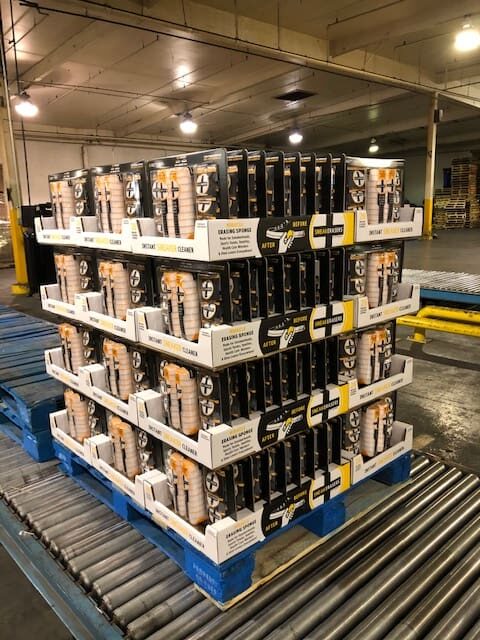Home » Generic Vs. Tailored Packaging When To Choose Each
Generic Vs. Tailored Packaging When To Choose Each
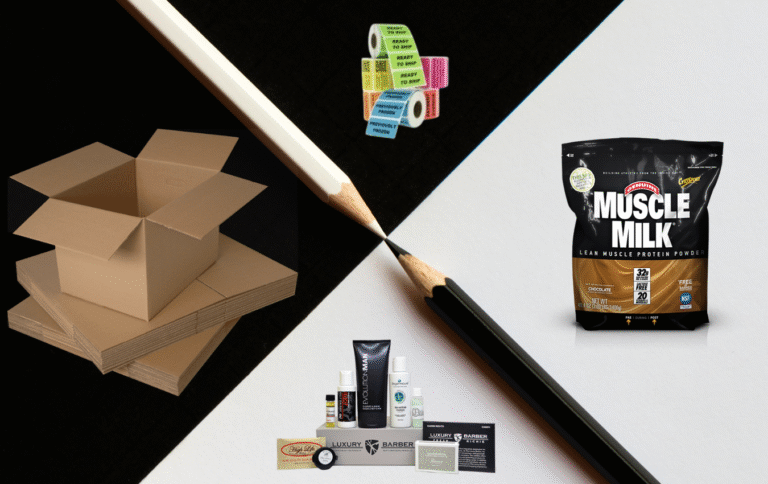
Why Packaging Strategy Matters
Packaging is more than just a protective layer—it plays a vital role in branding, marketing, and customer experience. One of the most important decisions businesses face is whether to use generic packaging, designed for a broad audience, or tailored packaging, customized for a specific market. Each option has its advantages, and the choice depends on factors like cost, brand positioning, and target audience expectations.
What is Generic Packaging?
Generic packaging is designed to appeal to a wide range of consumers rather than targeting a specific niche. It typically features minimal branding, standardized sizes, and cost-effective materials, making it an ideal choice for businesses focused on mass production and affordability.
When to Use Generic Packaging
- Mass-market products: Items with broad appeal, such as household goods or budget-friendly consumer products.
- Private label and contract manufacturing: Packaging that needs to work across multiple retailers or brands.
- Cost-sensitive products: Reduces expenses by minimizing custom design, printing, and material costs.
- eCommerce fulfillment: Standardized boxes or mailers that streamline warehouse efficiency and reduce shipping costs.
✅ Best for: Generic household goods, subscription boxes, warehouse distribution, and bulk packaging.
🚨 Limitations: Lacks unique branding, may not create a memorable customer experience.
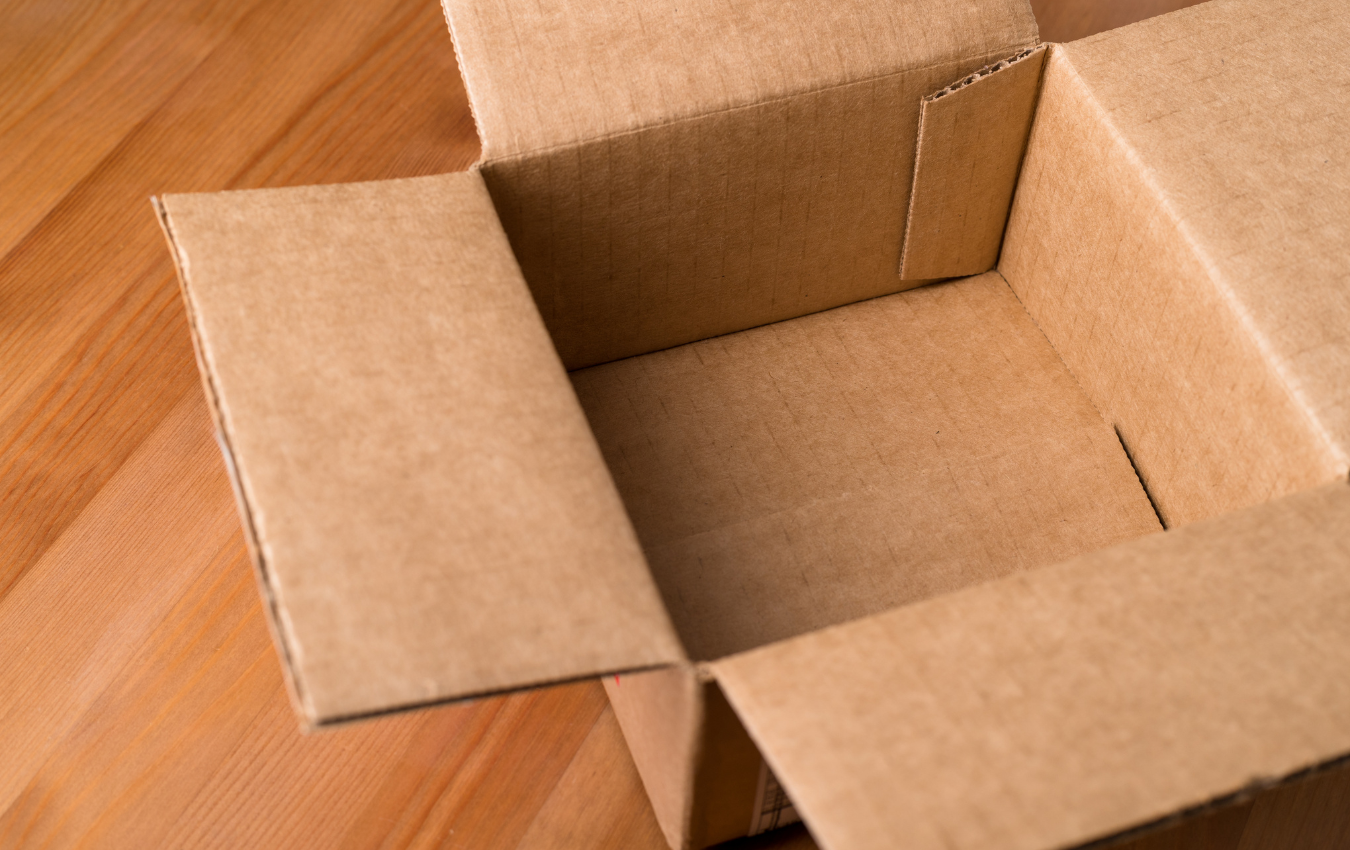
What is Tailored Packaging?
Tailored packaging is designed to suit a specific audience, product, or industry, often featuring custom shapes, premium materials, or specialized printing to enhance brand recognition and consumer engagement.
When to Use Tailored Packaging
- Luxury or premium products: High-end brands require custom finishes, embossing, and unique structural designs to reflect exclusivity.
- Niche markets: Products targeted at specific demographics, such as eco-conscious consumers or high-tech gadget buyers.
- Brand-building initiatives: Companies looking to create a strong visual identity and differentiate themselves from competitors.
- Unboxing experiences: Direct-to-consumer brands that rely on unique packaging to impress customers and encourage social sharing.
- Industry compliance needs: Certain industries, such as pharmaceuticals, food, and electronics, require detailed labeling, child-resistant features, or protective inserts.
✅ Best for: Luxury retail, cosmetics, premium electronics, craft food, and specialized medical packaging.
🚨 Limitations: Higher costs, longer production times, and potential inventory management challenges.
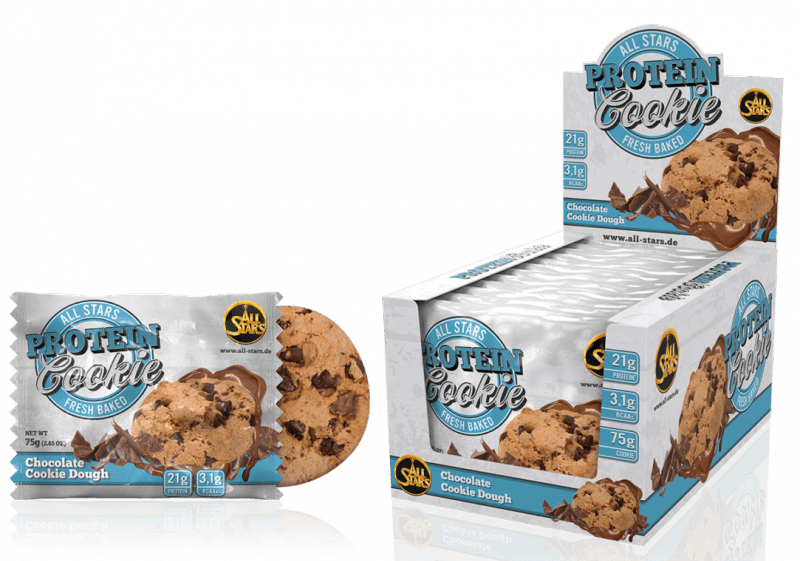
How to Decide Between Generic and Tailored Packaging
When choosing between generic and tailored packaging, consider the following:
Factor | Generic Packaging | Tailored Packaging |
Cost | Lower, mass-produced | Higher due to customization |
Branding | Minimal, neutral | Strong, highly customized |
Customer Experience | Standard | Engaging, premium feel |
Production Time | Faster | Longer due to customization |
Target Audience | Broad market | Specific niche or luxury segment |
Logistics & Storage | Easier to manage | More complex inventory |
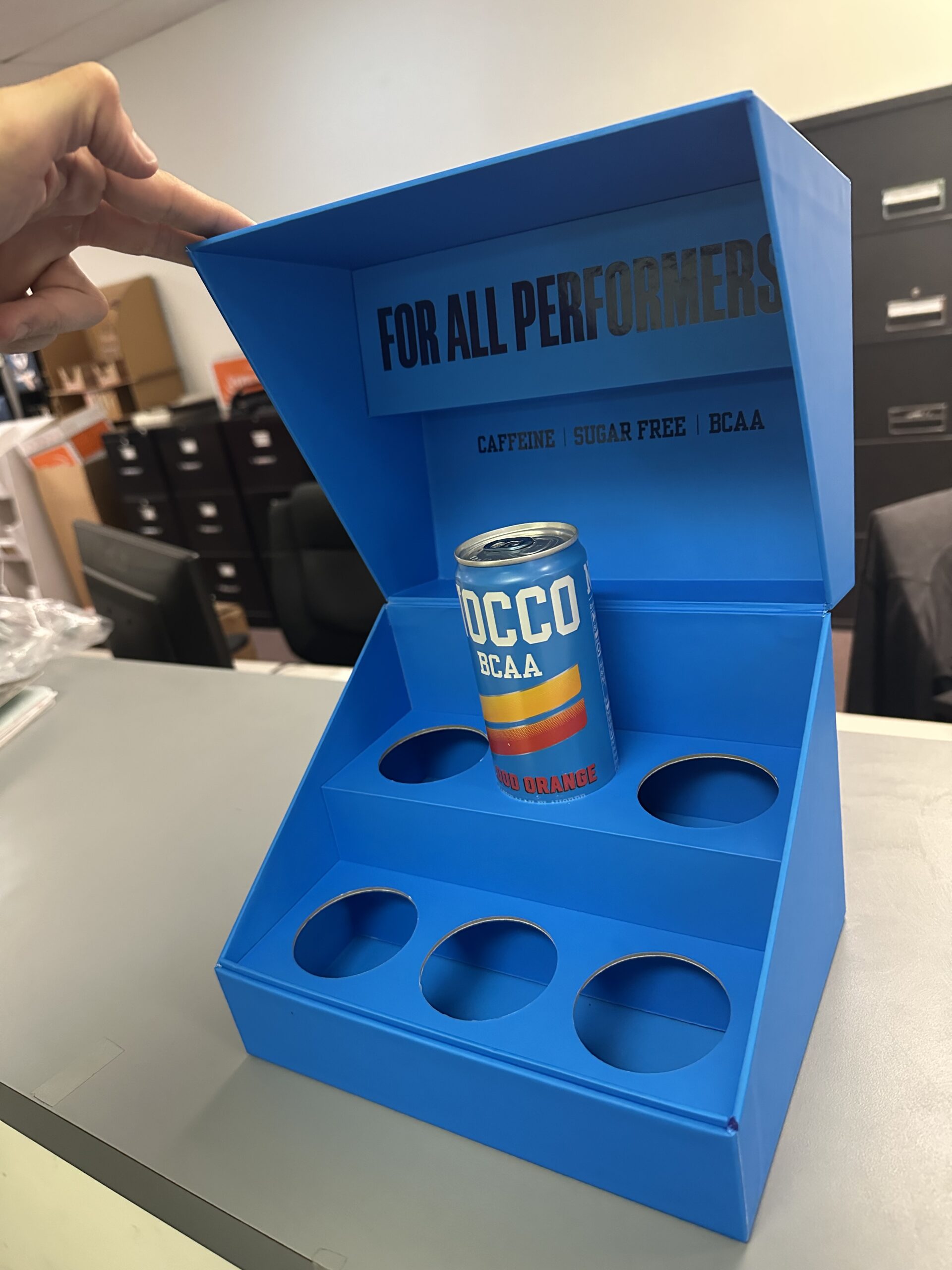
Final Thoughts: Choosing the Right Packaging Strategy
The decision between generic and tailored packaging depends on your business goals, budget, and target market. Generic packaging is cost-effective and practical for mass-market products, while tailored packaging creates brand differentiation and enhances customer experience.
Need help deciding on the right packaging approach? Contact Brown Packaging today to explore customized solutions that align with your business strategy.
In the retail environment, the placement of Point of Purchase (POP) displays is just as critical as their design and content. Strategic positioning can significantly influence consumer behavior, increase product
Choosing the right foam density isn’t about “soft” versus “hard” — it’s about controlling shock transmission and matching the foam’s cushioning curve to the product’s fragility. Using the wrong density
Moisture resistance and dimensional stability are critical performance factors for custom inserts, especially when products are shipped or stored in variable climates. Both foam and corrugated materials react differently to
Sustainability in pet food packaging is not just about recyclability—it’s about reducing environmental impact across the entire lifecycle. For products with high barrier needs like dry kibble, wet food, and
Home » Generic Vs. Tailored Packaging When To Choose Each


